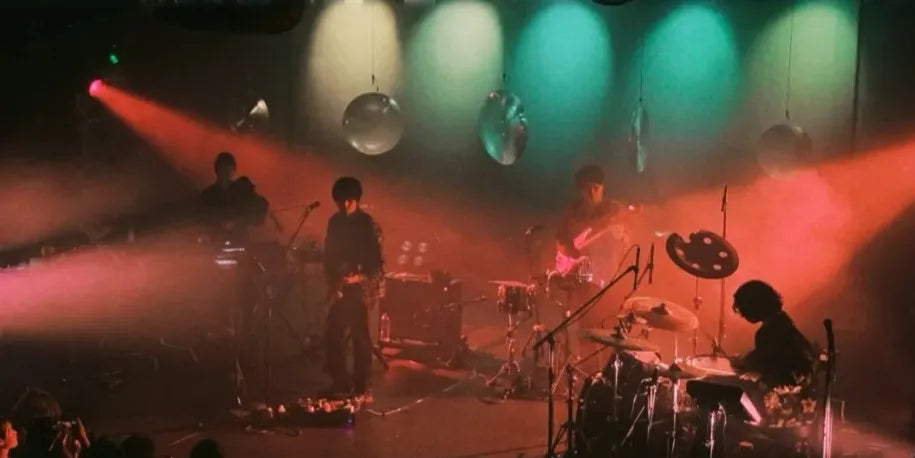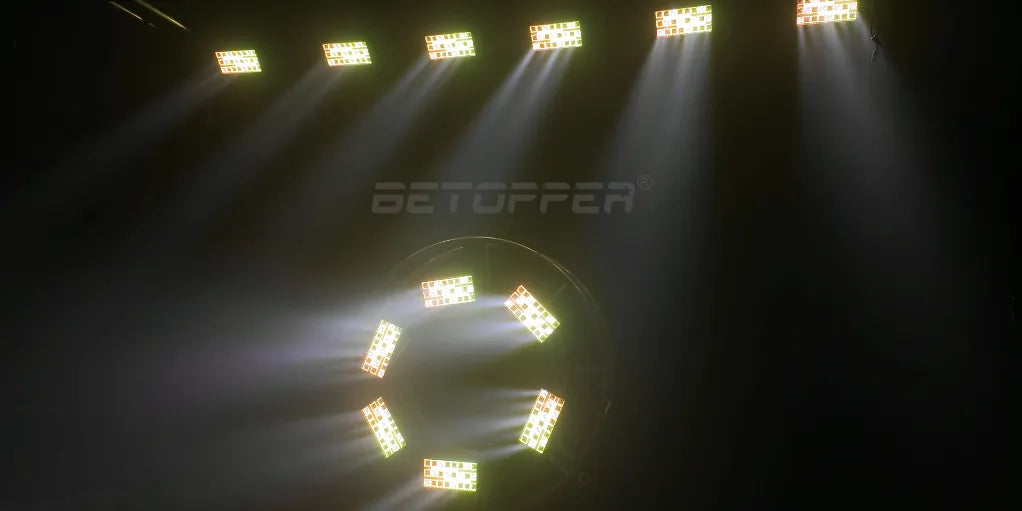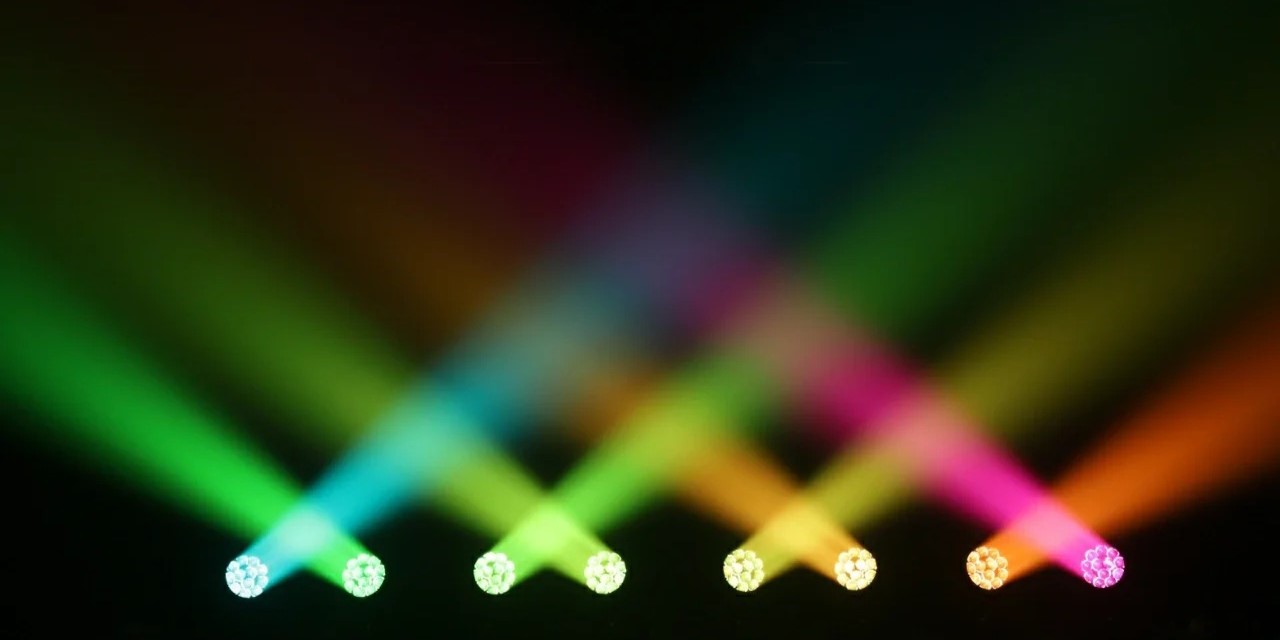Introduction
When it comes to stage lighting, precision and movement are everything. Whether you’re a DJ, lighting designer, or event planner, mastering dimming and pan/tilt control can completely transform your show.
These two core functions are what give lighting rigs their emotional depth and dynamic energy — from soft, cinematic fades to fast, sweeping beams that fill the room.
In this guide, we’ll break down what Dimmer and Pan/Tilt mean, why they matter, and how to use them like a pro.
Dimmer — Smooth, Controlled Light Intensity
What it means:
The dimmer controls how bright or soft a light appears. It allows you to adjust intensity from 0% to 100%, creating everything from subtle ambiance to full stage brightness — without changing colors or effects.
Why it matters:
- 🎭 Atmosphere building: Smooth fades make transitions more cinematic.
- 🎧 Dynamic scenes: Match lighting intensity to music energy.
- 📸 Professional look: Prevents harsh lighting jumps on camera.
How it works:
- Lighting fixtures have a dedicated dimmer channel that lets you control output in real time. Many modern lights support 8-bit or 16-bit dimming, with 16-bit offering ultra-smooth transitions.
- For example, during a wedding reception or theater scene, fading the lights down slowly creates a warm, emotional moment without turning the fixtures off completely.
- 👉 A great example of smooth dimming performance is the Betopper LPC010-B 54×4W High CRI PAR Light, which delivers consistent intensity control and cinematic fades.
Things to keep in mind:
- 16-bit dimming is ideal for professional events or video work.
- Sudden jumps in brightness can break immersion.
- Dimming curves can be customized on some fixtures.

Pan / Tilt — Dynamic Fixture Movement
What it means:
Pan refers to the horizontal movement of a moving head light, while Tilt controls its vertical movement. Together, they allow one fixture to cover a wide area of a stage, venue, or dance floor.
Why it matters:
- 🎶 Adds motion and energy: Moving beams feel alive and powerful.
- 🏟 Covers larger areas: One light can do the work of several.
- ✨ Enhances effects: Perfect for chases, aerial sweeps, and spotlighting.
How it works:
- Pan typically ranges up to 540°
- Tilt typically ranges up to 180°
DMX channels control movement speed and position. Slow pan/tilt sweeps can create elegant, immersive looks, while fast movements during drops or transitions bring explosive energy.
For example, the Betopper LB295 295w Pro Moving Head Beam Light combines high-speed pan/tilt movement with sharp beams, making it ideal for concerts, clubs, and touring shows.
Things to keep in mind:
- Use fade times to avoid jerky movement.
- High-speed movements fit EDM shows, slow sweeps fit theaters.
- Always check movement limits to avoid motor strain.
🧰 Pro Tips — Combining Dimmer & Pan/Tilt
- 🌟 Layered effects: Dim lights gradually while moving them for cinematic transitions.
- ⚡ Cue precision: Program pan/tilt movements with dimming fades for seamless scenes.
- 🕺 Energy control: Use brightness and movement to match the rhythm of your event.
FAQ
Q1: Do I need a DMX controller to use dimming and pan/tilt?
Not always. Many fixtures allow basic dimming and movement through built-in auto or sound modes. But for precision control, a DMX console or software is highly recommended.
Q2: What’s the difference between 8-bit and 16-bit dimming?
16-bit provides more steps of brightness adjustment, making fades smoother and more precise — especially useful for live shows and video recording.
Q3: Can pan/tilt damage the motor if used too often?
Not if programmed correctly. Most quality fixtures have movement protection. But rapid direction changes at maximum speed for long periods can shorten lifespan.
Q4: How can I make pan/tilt movements smoother?
Use fade times and intermediate positions. Avoid instant jumps, and use predefined movement curves in your controller.
Final Thoughts — Light That Moves with You
Mastering dimmer and pan/tilt control is one of the simplest ways to make your lighting setup look truly professional. It’s not just about turning lights on and off — it’s about building atmosphere, creating motion, and controlling energy with precision.
Whether you're lighting a wedding, concert, or club show, these two functions will help turn your vision into a stunning live experience.
👉 Explore more pro lighting solutions at https://betopperdj.com/ to take your show to the next level.




Hinterlasse einen Kommentar
Alle Kommentare werden vor der Veröffentlichung geprüft.
Diese Website ist durch hCaptcha geschützt und es gelten die allgemeinen Geschäftsbedingungen und Datenschutzbestimmungen von hCaptcha.